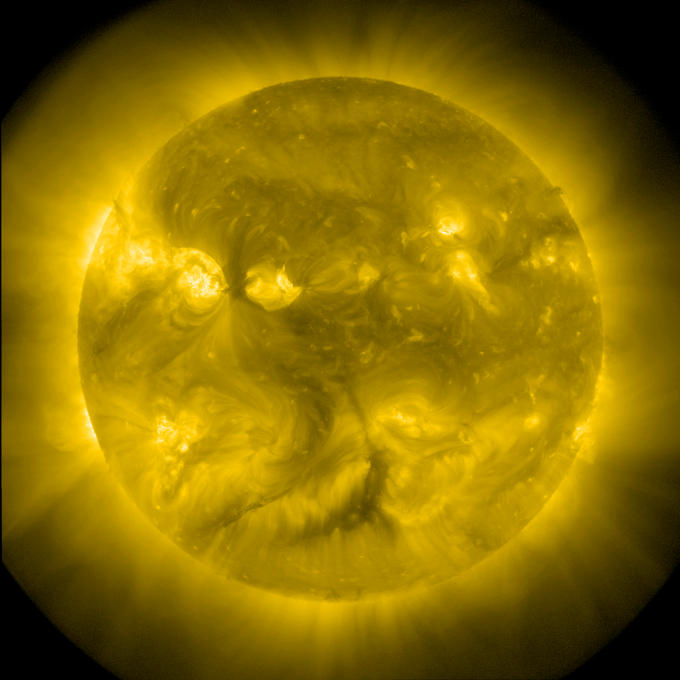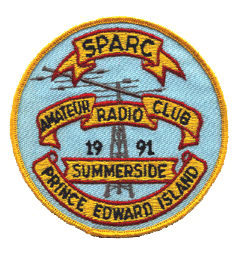SFI = 130
A index = 19
K index = 1
SSN = 81
LONG-DURATION SOLAR FLARE AND CME: Big sunspot AR3053 exploded on July 8th (2049 UT), producing a long duration M2.5-class solar flare: movie. Radiation from the flare caused a minor shortwave radio blackout over the Pacific side of North America: map. Newly-arriving data from SOHO suggest that the explosion also hurled a partial halo CME toward Earth. If confirmed, the CME would likely arrive on July 11th and could cause G1-class geomagnetic storms.


NOAA STI
:Product: Geophysical Alert Message wwv.txt
:Issued: 2022 Jul 09 0605 UTC
# Prepared by the US Dept. of Commerce, NOAA, Space Weather Prediction Center
#
# Geophysical Alert Message
#
Solar-terrestrial indices for 08 July follow.
Solar flux 130 and estimated planetary A-index 19.
The estimated planetary K-index at 0600 UTC on 09 July was 1.
Space weather for the past 24 hours has been minor.
Radio blackouts reaching the R1 level occurred.
No space weather storms are predicted for the next 24 hours.
NOAA Alerts
Space Weather Message Code: SUM10R
Serial Number: 741
Issue Time: 2022 Jul 08 2129 UTC
SUMMARY: 10cm Radio Burst
Begin Time: 2022 Jul 08 2050 UTC
Maximum Time: 2022 Jul 08 2056 UTC
End Time: 2022 Jul 08 2101 UTC
Duration: 11 minutes
Peak Flux: 230 sfu
Latest Penticton Noon Flux: 130 sfu
NOAA Space Weather Scale descriptions can be found at
www.swpc.noaa.gov/noaa-scales-explanation
Description: A 10cm radio burst indicates that the electromagnetic burst associated with a solar flare at the 10cm wavelength was double or greater than the initial 10cm radio background. This can be indicative of significant radio noise in association with a solar flare. This noise is generally short-lived but can cause interference for sensitive receivers including radar, GPS, and satellite communications.
